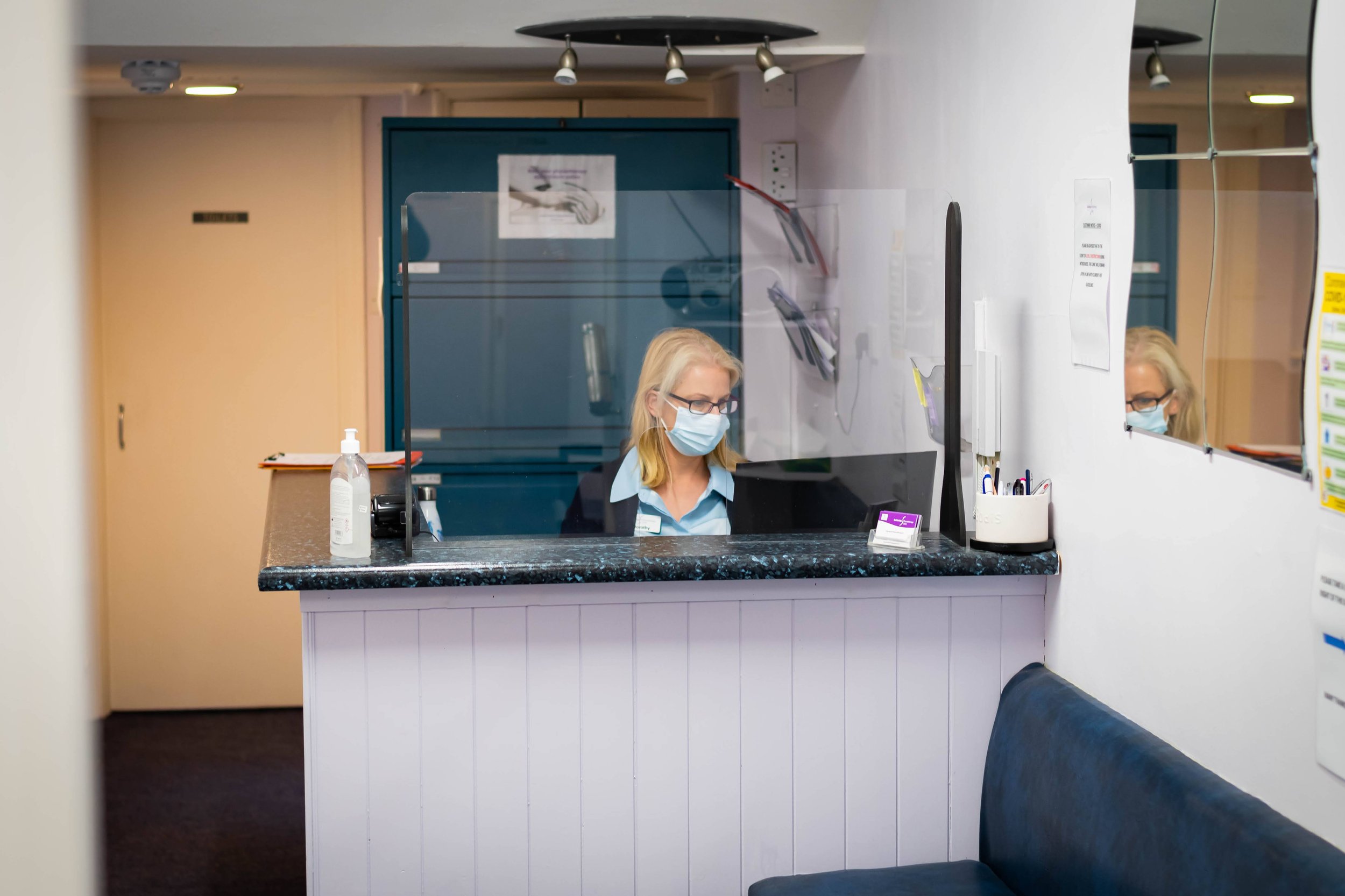Knee Injuries
Patellofemoral Pain
Patellofemoral pain syndrome is referred to as pain in the front of the knee that is caused by irritation of the joint where the knee cap joins the thigh bone. Palletofemoral pain is prevalent in runners and cyclists and some of the symptoms include; pain at the front of the knee, knee pain when coming down stairs, knee pain with walking or running. Local treatment to the irritated tissues and addressing the faulty mechanics by screening the movement patterns of the lower limb can help to resolve the problem.
Iliotibial Band Syndrome
Poor biomechanics can lead to the development of this common running injury. This can include fallen arches or high arches, weak gluteal or hip muscles and a poor running pattern. Biomechanical assessment of the lower limb is necessary to find the cause of this problem. Treatment will focus on correcting your biomechanics, strengthening weak muscles and advice regarding training frequency, intensity and duration to manage your symptoms effectively. Functional rehabilitation may also be of value in improving movement control of the lower limb.
TIP: To help prevent IT Band syndrome, change your running shoes regularly. If you feel pain on the outside of the knee, rest from the aggravating activity for 3 days. If symptoms persist consult your Chartered Physiotherapist.
Rupture of the Anterior Cruciate Ligament
A rupture of the anterior cruciate ligament of the knee can occur when the knee twists or turns while the foot is stuck on the ground. This can happen when landing from a jump. A hyperextension injury can also result in a torn ACL. Many people feel a pop when rupturing their ACL and the knee normally swells immediately. Surgery is often indicated following a tear of the ACL. It is important to complete a thorough rehabilitation programme following ACL surgery to ensure the knee regains full function.
Cartilage
The function of cartilage in the knee is to act as a shock absorber. Cartilage injuries can occur with a sudden twisting injury to the knee or they can occur as a result of repeated movements such as twisting, over a long period of time. Pain in the knee from a cartilage injury can be accompanied by a catching, clicking or locking sensation.
Initial management can include mobilisations to increase movement in the knee and a strengthening programme for the knee. In certain cases a minimally invasive procedure called an arthroscopy will be required to repair the cartilage. Some patients may require physiotherapy to restore full function. All will require an exercise programme.
Lesley Lowe leads the Sports Physio Clinic. She has worked with multiple sports clubs over the years including rugby, football, hurling and hockey clubs and she has worked at the Dublin city Marathon.
Common Sports Injuries
See full list of Services

Contact us.
We offer virtual physiotherapy consultations for those unable to visit in person. Get expert advice and support from the comfort of your home.






